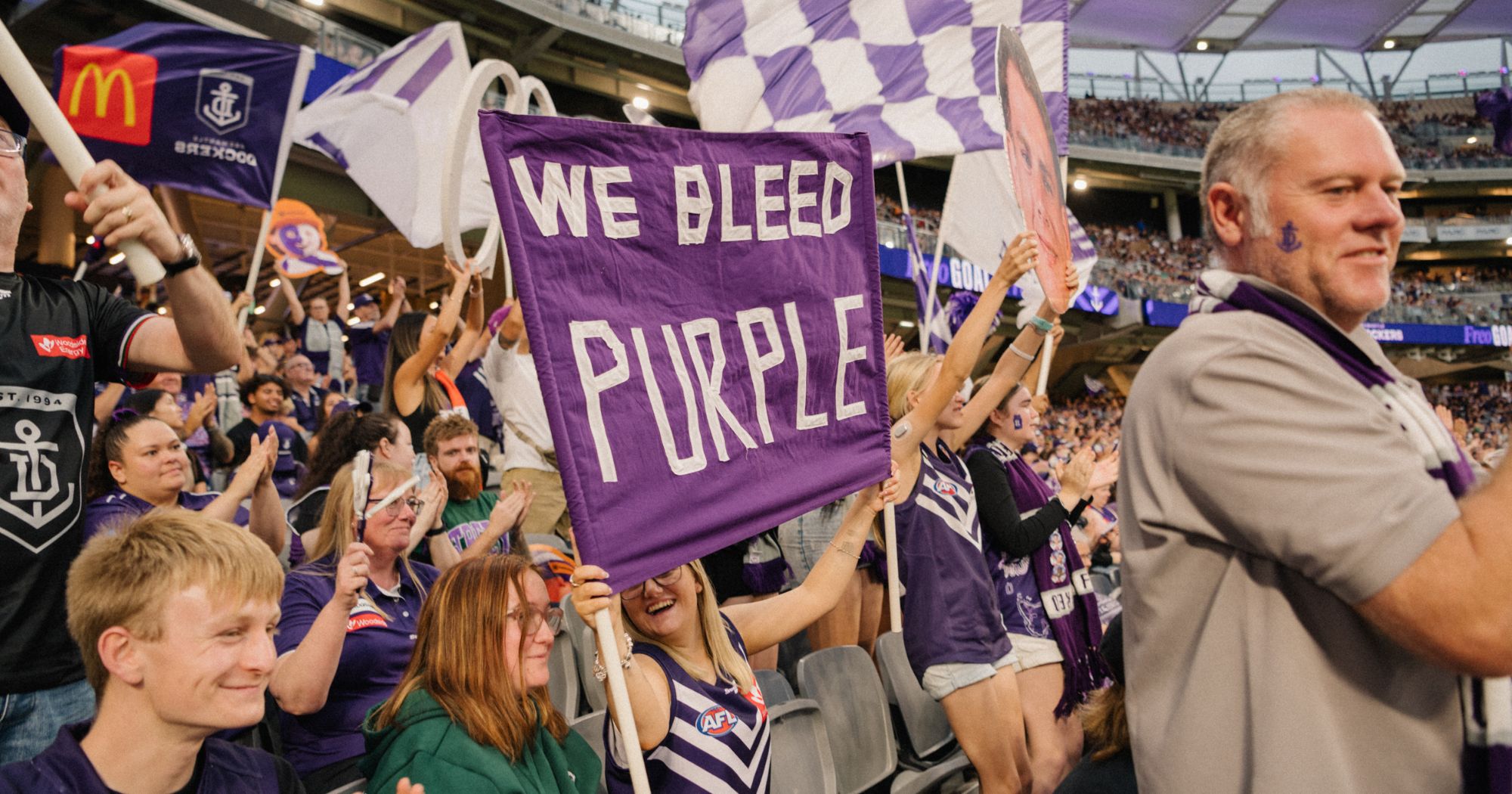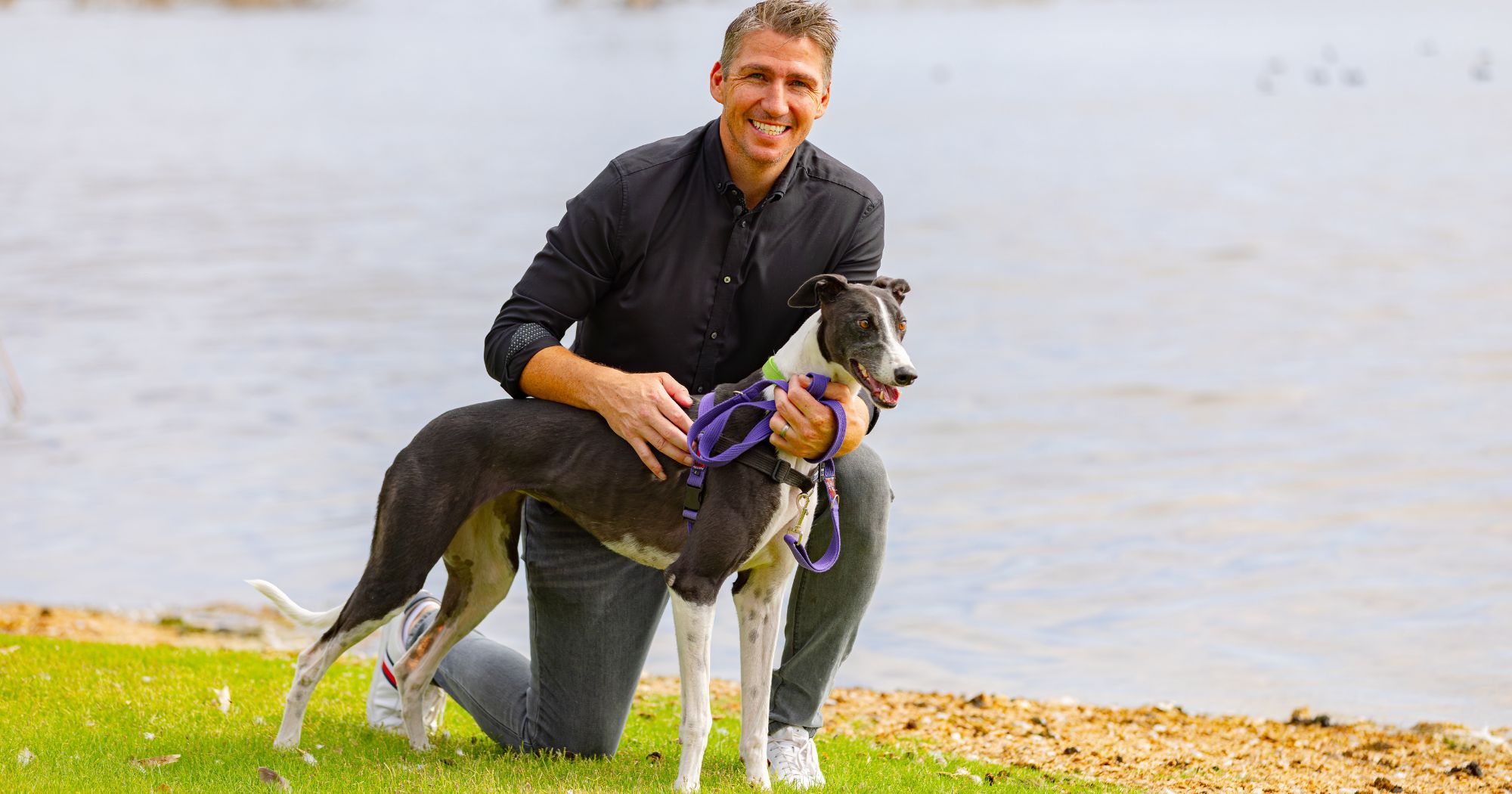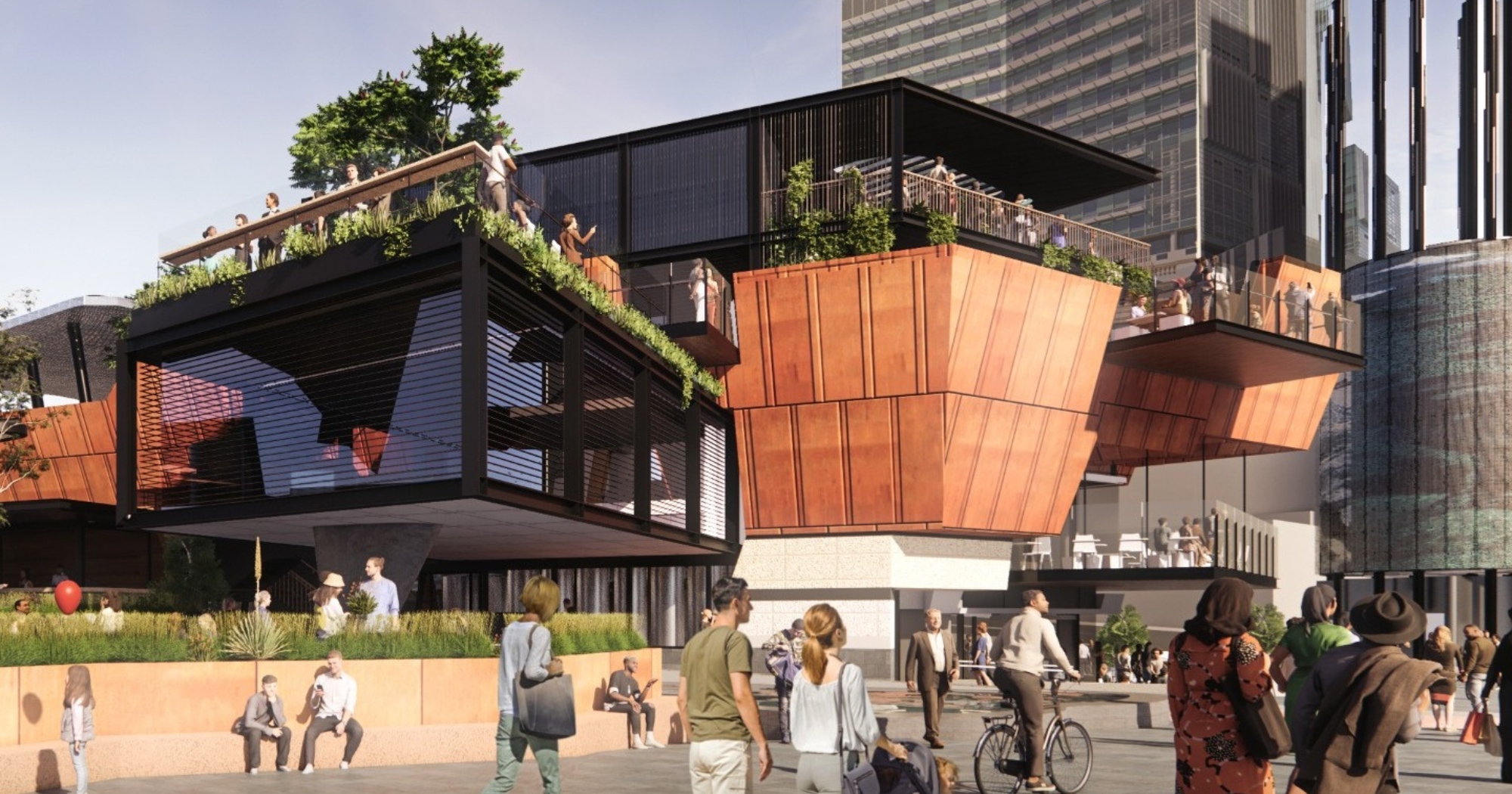Want to hit up the best 4WD trails Western Australia has to offer? Well, the best adventure can be found north of Perth.
Raring to put your four-wheel driving skills through their paces and see some of Australia’s best sights? Get your 4WD stocked and loaded, and head north to the Gascoyne Murchison, where you’ll be surrounded by the best nature has to offer and some of the more challenging 4WD tracks in the country.
Be aware you’ll be heading into some unspoiled, isolated areas, meaning fuel and food stops can be few and far between. Pack enough supplies to be self-sufficient for the duration of each leg, and have your car thoroughly checked out (a basic course or knowledge in outback car repairs wouldn’t go astray along some of these tracks). You may also get an opportunity to put your recovery gear to use, so check this is in good working condition before you go.
Some of the more remote tracks run through private and Aboriginal Lands, so apply online for any permits required. You can check out if your area of interest requires one on the Department of Planning, Lands and Heritage’s interactive map.
And neither last nor least, make the most of your trip by bringing along your camping gear for nights spent camping under the under the stars.
The Canning Stock Route
 The pinnacle of four-wheel driving expeditions in Australia, this challenging trek is best done with plenty of time, experience, equipment and people. Popular with eco and 4WD self-drive tour operators (a great option for those that can’t pull together a convoy), it’s generally recommended you allow at least 20 days to tackle the entire track. Do note parts of the track are only suitable for high clearance four-wheel drive vehicles.
The pinnacle of four-wheel driving expeditions in Australia, this challenging trek is best done with plenty of time, experience, equipment and people. Popular with eco and 4WD self-drive tour operators (a great option for those that can’t pull together a convoy), it’s generally recommended you allow at least 20 days to tackle the entire track. Do note parts of the track are only suitable for high clearance four-wheel drive vehicles.
Covering 2,000 kilometres of isolated, arduous tracks that’ll challenge even highly competent four-wheel drivers. You’ll certainly get to tick sand dune crossings, stony outcrops and corrugations off your bucket list! The isolation also means potentially going without assistance for decent stretches of time, which is why it’s recommended you tackle it as a group – not to mention you’ll want to share the daily highlights with fellow enthusiasts.
Four-wheel driving challenges aside, this trip is popular for the world-class sights you’ll see along the way. Travelling from Wiluna to Halls Creek in the North West, you’ll cross the Gibson and Great Sandy Deserts. Sightseeing highlights include ancient Indigenous rock art, historic grave sites and the 51 wells that were originally constructed for the watering of stock.
Read more at australiasgoldenoutback.com
Kingsford Smith Mail Run
 Following the original overland mail run to the magnificent Mt Augustus, this three-day trek will take you from the port town famous for its bananas – Carnarvon, to the mining town of Meekatharra. At a reasonable 711 kilometres in total (around eight and a half hours, conditions dependent), this trip heading east through pastoral land to Gascoyne Junction. Do note parts of the track are only suitable for high clearance four-wheel drive vehicles (with a confident driver behind the wheel), and it can be a long time between stops, so pack plenty of emergency rations. As with many roads out this way, track and road conditions can vary according to the weather and maintenance, so check in with the local visitor centre for up-to-date information before setting off.
Following the original overland mail run to the magnificent Mt Augustus, this three-day trek will take you from the port town famous for its bananas – Carnarvon, to the mining town of Meekatharra. At a reasonable 711 kilometres in total (around eight and a half hours, conditions dependent), this trip heading east through pastoral land to Gascoyne Junction. Do note parts of the track are only suitable for high clearance four-wheel drive vehicles (with a confident driver behind the wheel), and it can be a long time between stops, so pack plenty of emergency rations. As with many roads out this way, track and road conditions can vary according to the weather and maintenance, so check in with the local visitor centre for up-to-date information before setting off.
Mount Augustus
 Set in the Mount Augustus National Park, 850km north of Perth, nearly 320km east of Carnarvon and about 400km northwest of Meekathara you’ll find Mount Augustus, known to the local Wadjari Aboriginal people as Burringurrah.
Set in the Mount Augustus National Park, 850km north of Perth, nearly 320km east of Carnarvon and about 400km northwest of Meekathara you’ll find Mount Augustus, known to the local Wadjari Aboriginal people as Burringurrah.
A towering giant that rises 715 metres above the surrounding landscape and visible from more than 160 kilometres, it clocks in at 4km long and up to 5km wide, making it twice the size of the better-known Uluru. The sandstone that makes up the majority of this massive formation is estimated to be 1.6 billion years old – around three times older than the sandstone of Uluru.
And if you’re still not sold, this magnificent inselberg (a small mountain), welcomes visitors, meaning you can get up close and personal to the wildlife, walk trails and Aboriginal history, take in the magnificent 360 degree views, and check out the Aboriginal rock engravings (called petroglyphs). If you’re up for more driving upon arrival, there’s a 49 kilometre Loop Drive around the ‘rock’.
Mount Augustus National Park can be accessed from Carnarvon (via Gascoyne Junction) or Meekatharra, with three all-gravel routes you can take from Gascoyne Junction (175km east of Carnarvon) – via the Kennedy Range (305km), Dairy Creek (288km), and via Landor (317km.)
The route to Mt Augustus via Dairy Creek and Cobra Road will offer you some excellent 4WD challenges with variable stretches ranging from “red dirt highway” to washaways, rough stony sections and quite steep little dips, and small hills. Its best to be flexible when travelling in this area as the weather can play a significant role in what is open. Your best bet is to check in with the local visitor centre for up-to-date track information before you head out (or ask the locals!)
If you’re travelling in Winter or Spring, you may also see an amazing array of wildflowers in this area. Check out Australia’s Golden Outback’s wildflower hotspots page for up to date sightings and information.
 Kennedy Ranges
Kennedy Ranges
 Approximately 830km north of Perth and 150km east of Carnarvon, you can access the area via the south-eastern side via formed gravel roads from Gascoyne Junction, but if you’re up for the challenge – and some super unspoiled sights, the western side is a must for 4WDers. You can access the unsealed tracks via Mardathuna Station to the west or by crossing the Gascoyne River from the south. Or for a once in a lifetime experience and some super unspoiled sights, try the 4WD track over the top of the range.
Approximately 830km north of Perth and 150km east of Carnarvon, you can access the area via the south-eastern side via formed gravel roads from Gascoyne Junction, but if you’re up for the challenge – and some super unspoiled sights, the western side is a must for 4WDers. You can access the unsealed tracks via Mardathuna Station to the west or by crossing the Gascoyne River from the south. Or for a once in a lifetime experience and some super unspoiled sights, try the 4WD track over the top of the range.
With some skills, local track information (this is another area where the roads are affected by weather) and a high clearance 4WD, there are plenty of tracks to tool around on throughout the ranges. Be warned, the area along the south-west end of the range, across the Gascoyne River, is only for the highly experienced driver with good recovery skills and equipment (we’re even talking quicksand.)
While you’re in the area, check out the Mookaite deposit near Mooka Spring – the world’s only known source of the rock.
Cue and the Miners Pathway
 Dubbed the Queen of the Murchison, Cue is 120kms south of Meekatharra and 80kms north of Mt Magnet, and around 650km north-east of Perth, or just over 400km from Geraldton.
Dubbed the Queen of the Murchison, Cue is 120kms south of Meekatharra and 80kms north of Mt Magnet, and around 650km north-east of Perth, or just over 400km from Geraldton.
Smack bang in the middle of the outback, surrounded by beautiful wildflowers, native animals, and bright white salt lakes, the small town is steeped in WA heritage and home to several National Trust buildings.
For 4WDers, the Miners Pathway offers a serious side of Australia’s gold mining past through the prospecting towns at the forefront of WA’s 1800’s gold rush. Be aware parts of the track are only suitable for high clearance four-wheel drive vehicles and should only be attempted by confident drivers, The Pathway can be accessed from Meekatharra, Payne’s Find, Mt Magnet – where you can stop to check out the discarded mine shafts, the museum and heritage walk trails or Cue, and runs in a loop.
Walga Rock
 Another place of note near Cue is Walga Rock; a bright orange rock spanning 5km in circumference and about 1.7km in length, making it the second-biggest monolith in Australia, located 48 kilometres west of the town of Cue.
Another place of note near Cue is Walga Rock; a bright orange rock spanning 5km in circumference and about 1.7km in length, making it the second-biggest monolith in Australia, located 48 kilometres west of the town of Cue.
You’ll get a little 4WDing fun along gravel roads which can be washed out at the wrong time of the year – always check in at the Tourist information desk in the middle of Cue before heading out. The site is of great heritage significance to the Wajarri Yamatji Aboriginal people, and is home to the largest Aboriginal rock art gallery in Western Australia – a key reason many visit.
Station Stays
Stations are friendly, bustling places where you can pass through the front gate for a cuppa and morning smoko. These days more and more tourists are taking to Station Stays to experience ‘the real’ outback Australia – where the red dirt will capture your heart and soul and you’ll be considered more than just a guest. A diverse range of accommodation offers a multitude of experiences. Grand old homesteads present comfortable respite; self-contained cottages offer relaxed space or get comfy down at the rustic shearers quarters and imagine life back in the days of booming wool prices. Most stations will also offer you a patch of dirt to roll out your swag or set up your camper, surrounded by stunning scenery and whistling birds in the trees above. Despite the fact you could sit back all day and soak up the atmosphere of the outback, the list of activities you can partake in is endless. 4WDing, hiking, mountain-bike riding, birdwatching, painting, horse treks, walk-trails, guided tours, wildflowers, stargazing or perhaps even lend a hand and get involved in station life. No matter your choice you can be assured of sharing hundreds of thousands of acres with only a few others. A full list of Station Stay can be found on the Australia’s Golden Outback website.
If you have any questions about these tracks and areas, or just want some travel inspiration, be sure to visit the Australia’s Golden Outback website. You can also find them on Facebook and Instagram.
This is a sponsored post for Australia’s Golden Outback – endorsed by So Perth. We value your feedback so please contact us with any thoughts in regards to our sponsored post. Thank you for supporting So Perth and our sponsors.











